
Permanent Magnets
Objectives: by the end of this you will be able to
|

| Permanent Magnets
|
How about permanent magnets?
| Ampere argued that if there were no magnetic poles, there would have to be current loops in atoms | 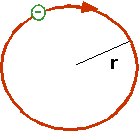 |
| so we have many of these which would cancel out inside the material but add up on the surface | 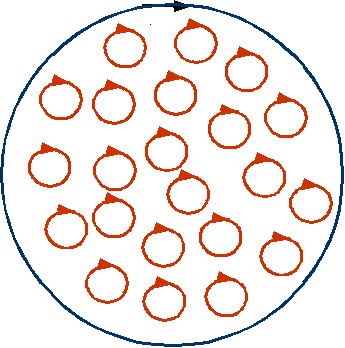 |
| However, these could add up to produce a much larger loop. | 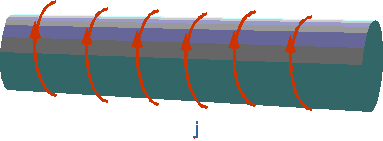 |
| and this would produce a field exactly like a solenoid, but there is no current that can be measured. | 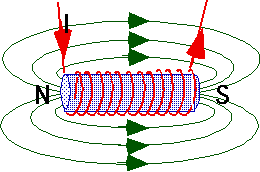 |
| Why is even non-magnetic iron attracted to a magnet? | 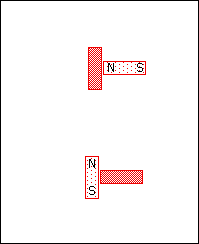 |
| Diamagnetic: oppose an external magnetic field | 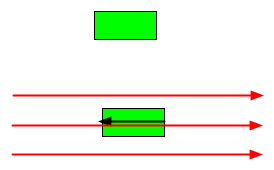 |
| Changing field induces current of electrons inside atoms which opposes BA | 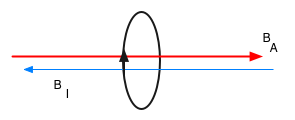 |
| Paramagnetic: increases external field | 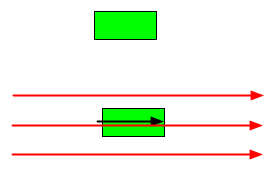 |
| Elementary dipoles (electrons in orbits) are aligned with field |  |
| Ferromagnets: field exists in absence of external field | 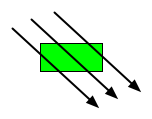 |
| Electron spins are aligned | 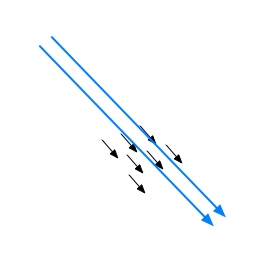 |
| Why can iron be magnetized? Normally iron has random domains, in which all spins point in same direction | 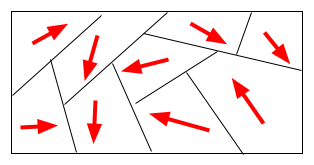 |
| Applying external field will liine up all the magnets | 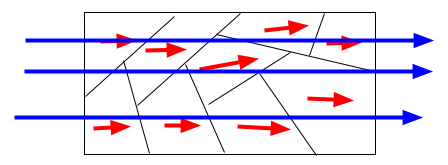 |
| Why is even non-magnetic iron attracted to a magnet? |  |
| A little frog levitates inside a Bitter solenoid in a magnetic field of about 16 Tesla at the Nijmegen High Field Magnet Laboratory. |